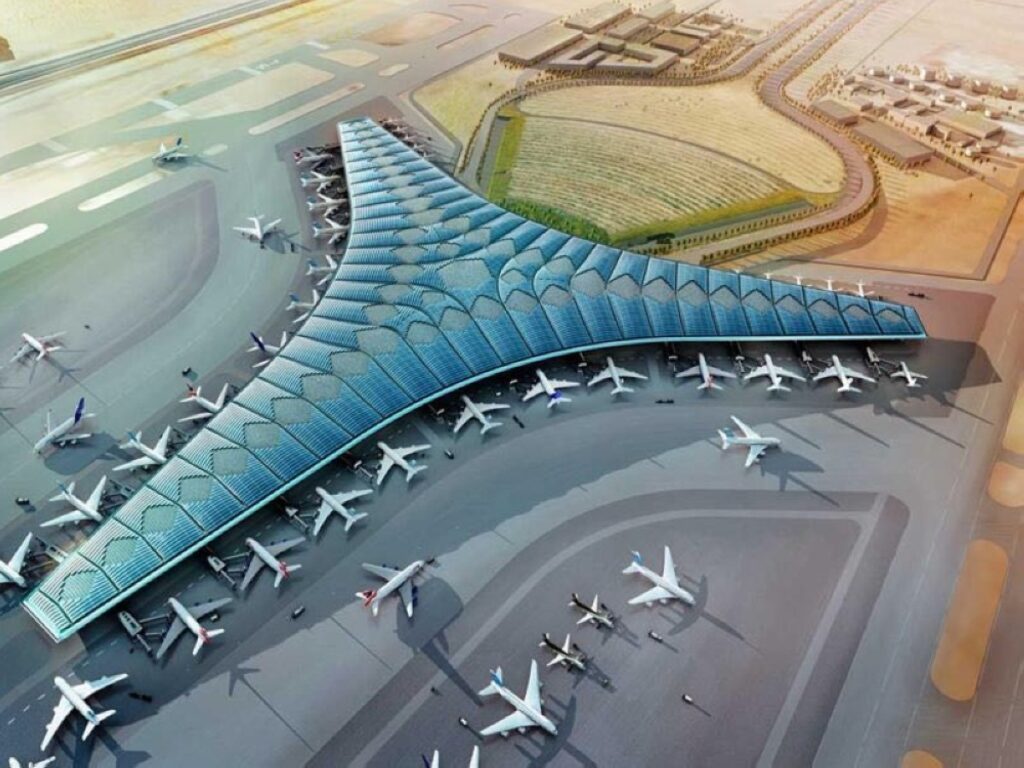KUWAIT: Kuwait’s Cabinet on Tuesday reviewed the progress of Terminal 2 (T2) at Kuwait International Airport, highlighting its achievement in earning the LEED Gold Certification — a milestone that places the project among the most environmentally sustainable airport terminals in the region.
The update came during the Cabinet’s weekly meeting at Bayan Palace, chaired by His Highness the Prime Minister Sheikh Ahmad Al-Abdullah Al-Ahmad Al-Sabah. Minister of Public Works Dr Noura Al-Mashaan presented a comprehensive visual briefing detailing the airport’s design and infrastructure components, which include the terminal building, support facilities, aircraft stands and access roads.
Dr Al-Mashaan announced that the terminal was awarded LEED Gold (Leadership in Energy and Environmental Design), a globally recognized sustainability rating system overseen by the US Green Building Council. The certification affirms that the terminal meets rigorous environmental standards across energy efficiency, water conservation, building materials and indoor environmental quality.
The Cabinet praised the Ministry of Public Works, the Directorate General of Civil Aviation, and all contributing teams for delivering a future-focused project that aligns with Kuwait’s national sustainability and development goals. Officials emphasized that the terminal’s green design is not only a technical achievement but also a reflection of Kuwait’s growing commitment to environmental stewardship in public infrastructure. The LEED-certified terminal incorporates advanced energy systems, natural lighting, and sustainable materials to reduce the building’s carbon footprint. It is also expected to contribute significantly to improving passenger capacity and operational efficiency.
In a related statement, Minister of Social Affairs and Minister of Family and Childhood Affairs Dr Amthal Al-Huwailah emphasized that the new terminal is also fully committed to applying the Kuwait Accessibility Code, a universal design framework that ensures the facility accommodates the needs of all members of society, including persons with disabilities, the elderly, and individuals with special needs. Al-Huwailah told Kuwait News Agency (KUNA) that the project includes sensory rooms designed specifically for those who may experience challenges in high-stimulation environments, such as children with autism or individuals with cognitive impairments and age-related conditions like Alzheimer’s.
She explained that the Public Authority for Persons with Disabilities has worked closely with the Ministry of Public Works, Kuwait Municipality, and the Directorate General of Civil Aviation to ensure the terminal’s design reflects Kuwait’s national values of inclusion, social justice and accessibility. “The adoption of the national accessibility code in the new airport project is a model of institutional integration and embodies the state’s vision for an inclusive built environment that serves all members of society without exception,” Al-Huwailah said. The Kuwait Accessibility Code is a set of nationally approved technical and engineering standards aimed at making public and private spaces accessible and usable by everyone — especially people with disabilities and the elderly— through universal design principles. — KUNA

